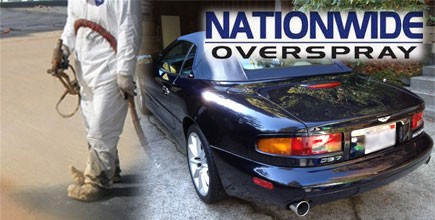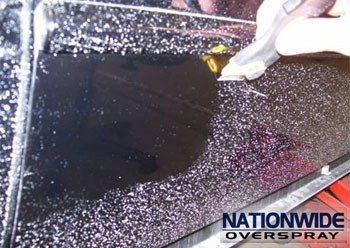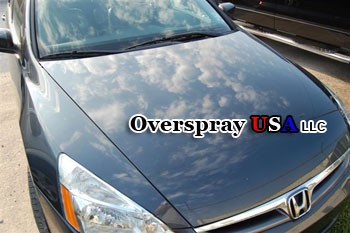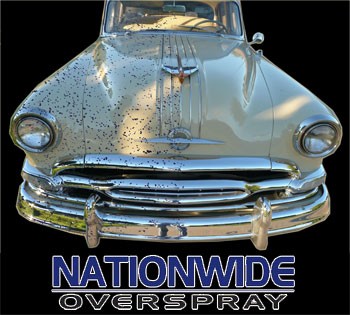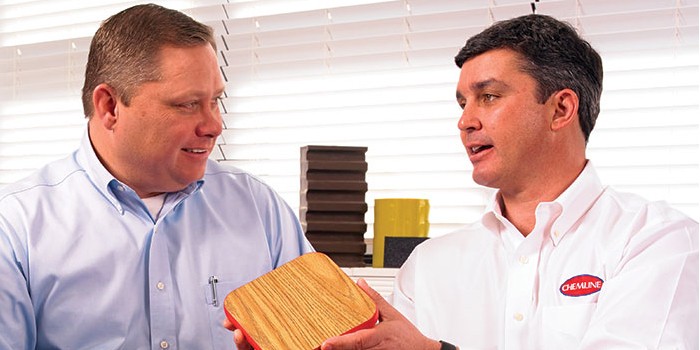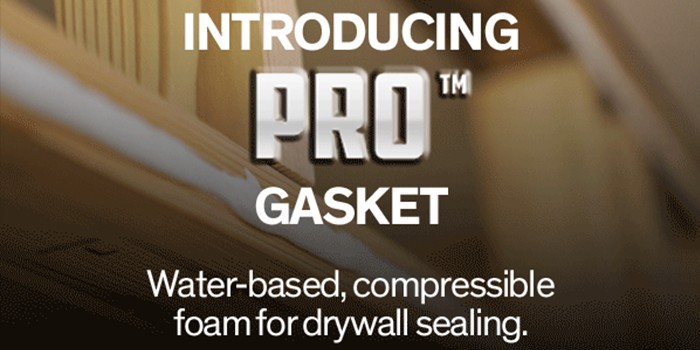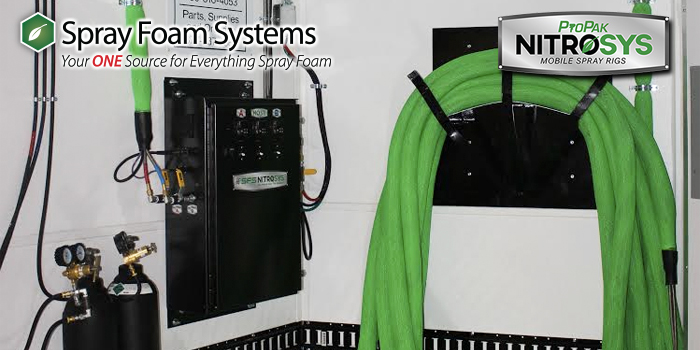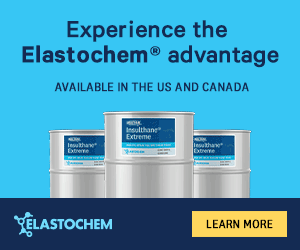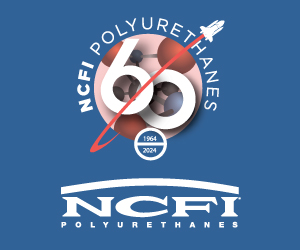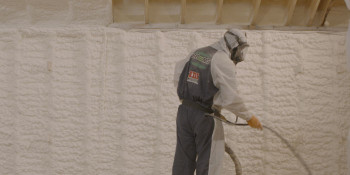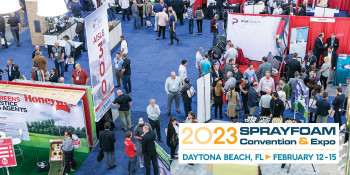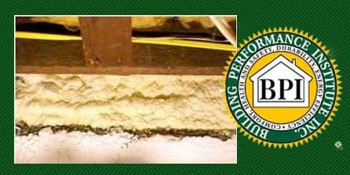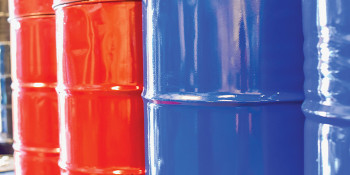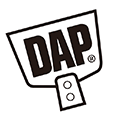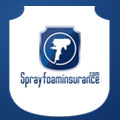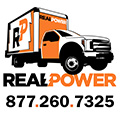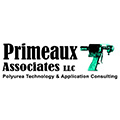Nationwide Overspray: What is 'Overspray'?
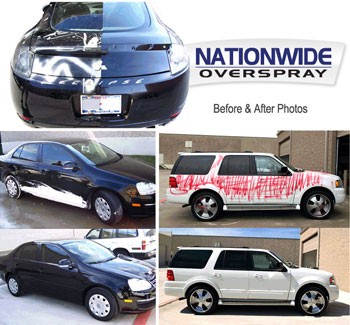
DALLAS, TEXAS (July 13, 2010) - If you are a painter or spray gun applicator you have heard the term “overspray”. Intuitively you know what overspray means but what is the common definition and what does it mean to you? Nationwide Overspray defines the term and explains how to prevent overspray or in the worst-case scenario, cleaning the overspray should it land on unintended surfaces.
Overspray is the portion or amount of sprayed paint or other non water-soluble material that does not land on the intended target. It is an unintended consequence of a spray project and can vary in the extent of damage from light to heavy. The object of any paint or spray project is to confine the sprayed material to the intended target. However, not all of the application will be confined to the target and the resulting overspray will settle onto painted surfaces and can seriously degrade or damage that surface. Most of the time that means a car or group of cars adjacent to the target area.
Common reasons for producing unintentional overspray are triggering the sprayer off the target, using improper spray head to target distances or maybe the angle of application is improper. Air and wind flow conditions can also create overspray and increase the distance traveled and intensity of the overspray. In other words, wind speed and elevation will create overspray even if the triggering is on target and at an acceptable distance from the target. Working on outdoor commercial projects is a perfect example of sudden wind gusts combined with project elevation, carrying paint mist downwind and landing on car surfaces. Preventing overspray requires staying on target and if possible, avoiding windy days.
Applied material can range from polyurethane foam to enamel. All require different levels of expertise to hand remove. The good news is that the removal process, while labor intensive, will not harm a car’s paint. There is no need to repaint a car or use conventional repair like body shops. The cost of overspray removal is significantly lower than conventional repair. One caveat to remember is that detailing is not the same as expert overspray removal. In fact, if there are metal particles contained in the paint, a detailer may wind up scratching the car by using a mechanical buffer. Polyurethane foam is a particularly difficult substance to remove. It should not be allowed to remain on the car for more than a few days. A special technique called shaving is sometimes used on polyurethane in order to reduce the amount of material making it easier and more effective when hand cleaning using the proper products.
Not all companies can shave a car or remove overspray safely. Check with the overspray removal company first and ask for their experience in removing polyurethane and administering claims. This will save money and headaches in the long run.
Nationwide Overspray
800.345.1269
www.NationwideOverspray.com
Disqus website name not provided.



